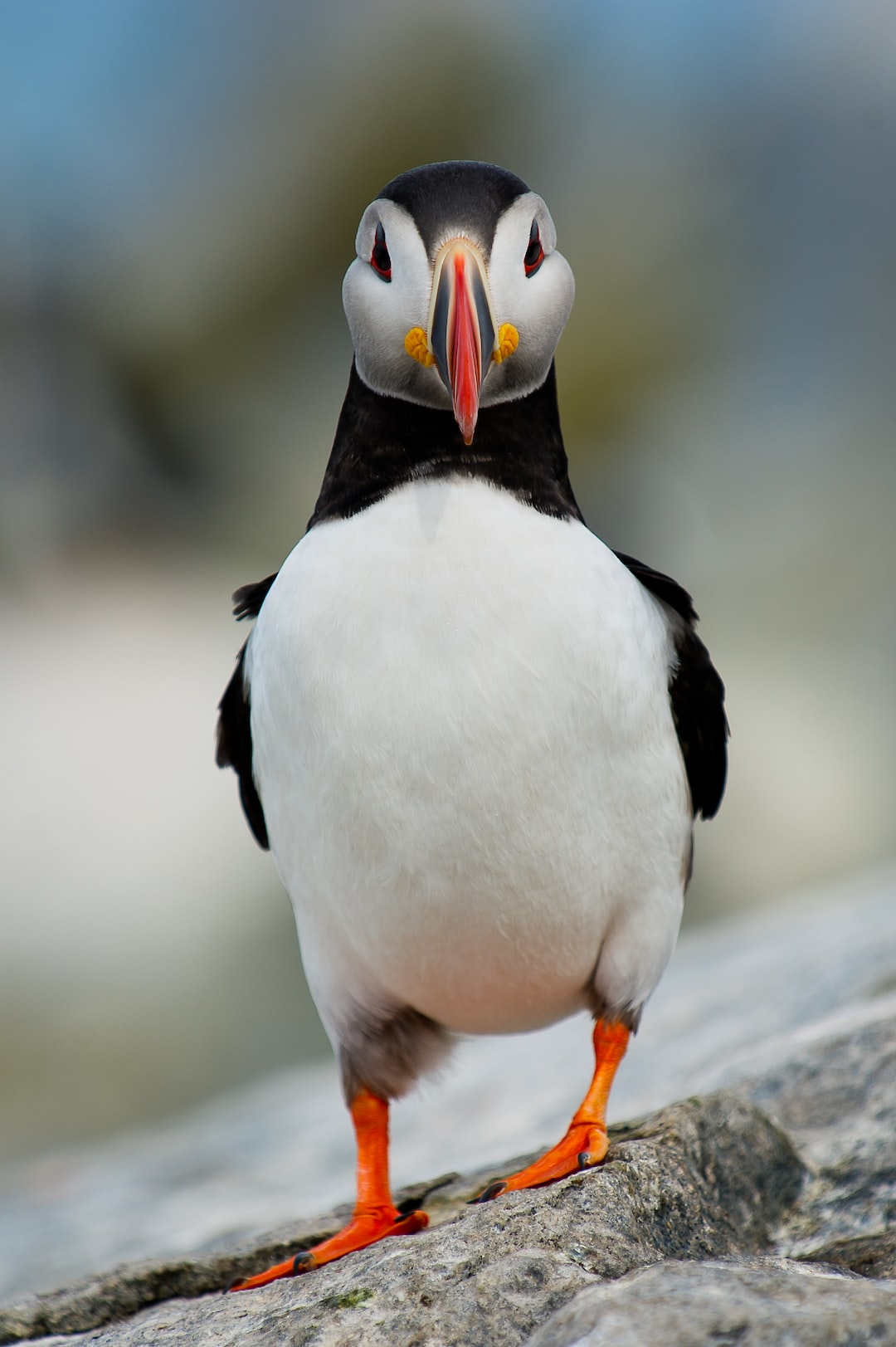Fireflies: Nature’s Magical Light Show
As the sun slips below the horizon and darkness slowly envelops the world, a magical phenomenon begins to take place – the mesmerizing dance of fireflies. There is perhaps no other creature on Earth that captivates the human imagination quite like these enchanting insects. With their flickering lights illuminating the night, fireflies create a mesmerizing spectacle that seems almost otherworldly, leaving both young and old in a state of awe and wonder.
Fireflies, also known as lightning bugs, are actually not flies at all but belong to the beetle family. They are found in various parts of the world, with different species showcasing their luminescence in their own unique ways. However, it is the synchronous fireflies, specifically those found in Southeast Asia and North America, that create the most spectacular displays, transforming the night into a fairy tale realm.
The light show of fireflies is a result of a remarkable biological process called bioluminescence. The abdomen of these creatures contains specialized cells called photocytes, which contain a mixture of chemicals including a luciferin and luciferase. When the firefly wishes to signal its presence or attract a mate, these chemicals undergo a chemical reaction, producing a cold light without the release of heat. This light is then emitted through the insect’s exoskeleton, creating the ethereal glow that we so commonly associate with fireflies.
One of the most fascinating aspects of fireflies is their ability to synchronize their glowing patterns. In some parts of the world, like the forests of Southeast Asia and the Great Smoky Mountains in the United States, thousands of fireflies gather in unison to create a breathtaking light display. This synchronization is achieved through a complex phenomenon that is still not fully understood by scientists. It is believed to involve the coordination of the flashing patterns of each firefly, with the males synchronizing to attract the attention of females. The result is a symphony of lights, with fireflies pulsating on and off in perfect harmony, akin to a natural choreography.
The flash pattern of fireflies varies between species, with each having its own unique code. Some species flash in a regular pattern, while others have irregular blinking sequences or even create glowing “railroad tracks” in the sky. These patterns add to the mystique of fireflies, as if they are communicating through a secret language that only they understand.
Firefly displays are not only mesmerizing and beautiful, but they also serve important purposes in the ecosystem. Fireflies play a significant role in pollination, as they are attracted to flowers and in turn, help with the transfer of pollen. Additionally, firefly larvae, which are often found in moist soil near bodies of water, feed on other insects, helping to control their populations. In this way, fireflies contribute to the delicate balance of nature, acting as both enchanting entertainers and essential ecological players.
Unfortunately, fireflies face numerous threats due to human activities. Light pollution, pesticide use, habitat destruction, and climate change all pose significant challenges to the survival of firefly populations. The overuse of artificial lights at night disrupts their ability to find mates and communicate, ultimately reducing their reproductive success. It is up to us to protect these enchanting creatures and ensure that future generations can witness their breathtaking light shows.
Fireflies, with their magical lights, remind us of the beauty and wonder that exists in the natural world. Their fleeting presence in the darkness serves as a reminder of the delicate balance of life on Earth and the importance of protecting our planet’s biodiversity. So, next time you find yourself in the presence of fireflies, take a moment to appreciate the enchantment unfolding before your eyes, and consider how you can contribute to preserving the magic of nature’s own light show.


